Though the comment seem solve the problem I don't think the question asked was answered. So here is some introduction about ggplot2 library regard geom_path
library(dplyr)
library(ggplot2)
# This dataset contain two group with random value for y and x run from 1->20
# The param is just to replicate the question param variable.
df <- tibble(x = rep(seq(1, 20, by = 1), 2),
y = runif(40, min = 1, max = 100),
group = c(rep("group 1", 20), rep("group 2", 20)),
param = rep("a param", 40))
df %>%
ggplot(aes(x = x, y = y)) +
# In geom_path there is group aesthetics which help the function to know
# which data point should is in which path.
# The one in the same group will be connected together.
# here I use the color to help distinct the path a bit more.
geom_path(aes(group = group, color = group)) +
geom_point() +
facet_wrap(~param, scales = "free_x") +
scale_y_reverse() +
labs(x = NULL, y = "Age (ma)")

In your data which work well with group = 1 I guessed all data points belong to one group and you just want to draw a line connect all those data point. So take my data example above and draw with aesthetics group = 1, you can see the result that have two line similar to the above example but now the end point of group 1 is now connected with the starting point of group 2.
So all data point is now on one path but the order of how they draw is depend on the order they appear in the data. (I keep the color just to help see it a bit clearer)
df %>%
ggplot(aes(x = x, y = y)) +
geom_path(aes(group = 1, color = group)) +
geom_point() +
facet_wrap(~param, scales = "free_x") +
scale_y_reverse() +
labs(x = NULL, y = "Age (ma)")

Hope this give you better understanding of ggplot2::geom_path


